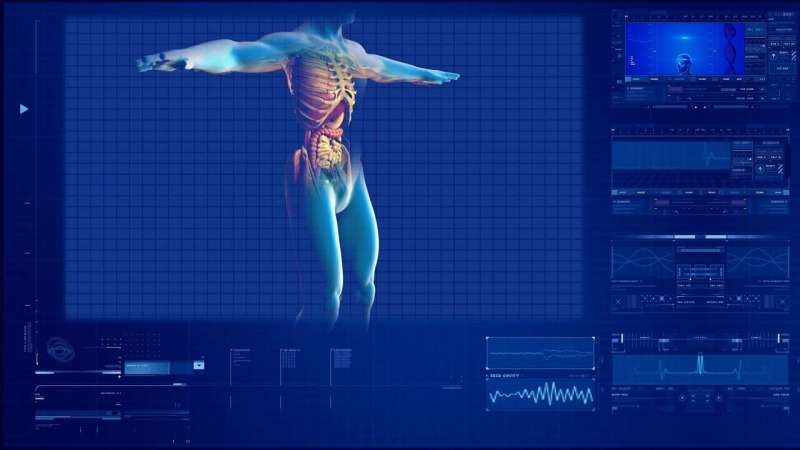Innovative Platform Technology Uncovers New Therapeutic Pathways by Screening Millions of Drugs and Genes

Researchers from the University of Adelaide have developed an advanced technology aimed at transforming drug discovery and functional genomics. This innovative system, known as dFLASH (dual FLuorescent transcription factor Activity Sensor for Histone-integrated live-cell reporting), serves as a modular biological pathway sensor that allows scientists to identify new cellular targets relevant to various diseases.
dFLASH enables rapid and large-scale screening of hundreds of thousands to millions of compounds or genes within living cells. Its primary goal is to facilitate the exploration of cellular pathways, uncovering how they can be modulated for therapeutic purposes or used to develop new medicines. This technology's high sensitivity makes it a powerful tool for large-scale drug and genetic screens to find novel genes and drugs that influence key signaling pathways.
The research, conducted by experts across multiple departments at the University of Adelaide—including the School of Biological Sciences, Robinson Research Institute, Adelaide Center for Epigenetics, and South Australian immunoGENomics Cancer Institute—has been published in Nature Communications. In their study, the team demonstrated dFLASH's ability to analyze cellular responses to low oxygen levels, which are critical in cancer and anemia treatments, as well as hormonal pathways such as progesterone signaling integral to female reproduction.
According to senior author Dr. David Bersten, live-cell transcription factor activity monitoring is essential for fields like synthetic biology, drug discovery, and functional genomics. He emphasized that this technology accelerates the identification of potential treatments for conditions like cancer and metabolic diseases, making the process quicker and more cost-effective. Co-author Alison Roennfeldt highlighted that dFLASH is already driving new research directions, including precision cellular therapies and understanding DNA regulatory mechanisms, potentially revolutionizing disease treatment and genetic research.
Dr. Bersten pointed out that collaborative efforts among various university labs drove this innovation, and he envisions dFLASH as a foundational tool with broad applications across biomedical sciences, paving the way for future discoveries in medicine and biology.
For more information, the full study is available in Nature Communications: Link to the article.
Stay Updated with Mia's Feed
Get the latest health & wellness insights delivered straight to your inbox.
Related Articles
Dengue Infection Alters Immune System and Influences Vaccine Effectiveness
New research reveals how dengue infection reprograms the immune system, impacting vaccine responses and disease severity, paving the way for improved vaccine strategies.
Innovative Immunotherapy Combination Effectively Targets Colorectal Liver Metastases
A novel combination of immunotherapies shows promise in eradicating colorectal liver metastases in preclinical models, offering hope for improved treatment options in advanced colorectal cancer.
Sudan Battles Its Most Severe Cholera Outbreak in Years with Over 40 Fatalities
Sudan faces its worst cholera outbreak in years, with over 40 fatalities amid ongoing conflict and displacement, highlighting urgent needs for aid and improved sanitation.
Cost Comparison: Multitarget Stool DNA Tests vs. FIT for Early Detection of Colorectal Cancer
A new study compares the costs of multitarget stool DNA tests and FIT for early detection of colorectal cancer, revealing higher expenses associated with DNA-based methods despite their increased sensitivity. The findings highlight the importance of cost-effectiveness in colorectal cancer screening strategies.



